Understanding Itraconazole Capsules 200 mg in Cats: Indications, Administration, and Side Effects
Fungal infections in cats can range from mild skin conditions to life-threatening systemic diseases. Among the most effective oral antifungal agents in veterinary medicine is itraconazole, a broad-spectrum azole antifungal. Itraconazole Capsules 200 mg is a high-dose veterinary formulation designed for severe or refractory fungal infections, typically in larger cats or when extended therapy is required.
This guide explores Itraconazole Capsules 200 mg for cats in depth, including its mechanism of action, indications, proper dosing guidelines, administration techniques, side effects, and future directions in veterinary antifungal care.
Understanding Itraconazole Capsules 200 mg
Itraconazole Capsules 200 mg delivers itraconazole, a potent triazole-class antifungal that exerts its effect by halting ergosterol formation in fungal cell membranes.Without ergosterol, fungal cells become fragile and die. Itraconazole offers superior tissue penetration and a long half-life, making it ideal for treating systemic fungal infections in cats.
Key Characteristics:
- Active ingredient: Itraconazole 200 mg
- Form: Oral tablet
- Class: Triazole antifungal
- Primary targets: Blastomyces dermatitidis, Histoplasma capsulatum, Aspergillus, Cryptococcus spp.
Indications for Use in Cats
Conditions Treated with Itraconazole 200 mg in Cats:
1. Blastomycosis
- Pathogen: Blastomyces dermatitidis
- Infection sites: Lungs, skin, bones, eyes, lymph nodes
- Signs: Lethargy, coughing, eye discharge, draining skin lesions
- Itraconazole role: First-line treatment
2. Histoplasmosis
- Pathogen: Histoplasma capsulatum
- Common sites: GI tract, liver, lungs, lymph nodes
- Signs: Diarrhea, weight loss, coughing, abdominal swelling
- Itraconazole role: Gold-standard antifungal therapy
3. Cryptococcosis
- Pathogen: Cryptococcus neoformans or gattii
- Sites: Nasal passages, CNS, eyes
- Signs: Sneezing, nasal discharge, head tilt, blindness
- Itraconazole role: Effective in nasal/early CNS involvement
4. Aspergillosis
- Pathogen: Aspergillus fumigatus
- Forms: Sinonasal or disseminated
- Signs: Nasal deformity, sneezing, CNS signs
- Itraconazole role: Often part of combination therapy
5. Dermatophytosis (Refractory/Ringworm)
- Fungi: Microsporum canis, Trichophyton mentagrophytes
- Itraconazole role: Systemic treatment when topicals fail
6. Sporotrichosis
- Pathogen: Sporothrix schenckii
- Itraconazole role: First-line systemic treatment in severe cutaneous cases
7. Candidiasis (Rare in Cats)
- Pathogen: Candida albicans
- Use: In mucosal or disseminated cases, usually in immunocompromised cats
Dosage and Administration Guidelines
Proper dosing of Itraconazole Capsules 200 mg is crucial to effectiveness and safety. Individual dosage may vary depending on the cat’s weight, infection intensity, and therapeutic progress.
General Dosage Guidelines:
| Body Weight (kg) | Recommended Daily Dose | Vetconazole 200 mg Equivalent |
| 2 – 2.5 kg | 5 mg/kg | ¼ tablet per 24–48 hours |
| 2.6 – 4 kg | 5 mg/kg | ¼–½ tablet per 24–48 hours |
| 4.1 – 5.5 kg | 5 mg/kg | ½ tablet daily |
| 5.6 – 7.5 kg | 5 mg/kg | ½–¾ tablet daily |
| 7.6 – 9.5 kg | 5 mg/kg | ¾–1 tablet daily |
| >9.5 kg | 5 mg/kg | 1 tablet daily or as directed |
Note: Administer with food to improve absorption. Treatment may continue for 4 to 12 weeks, varying according to the fungal condition being addressed.
Administration Tips
- Always administer Itraconazole Capsules 200 mg with food to enhance absorption.
- If using compounded forms (e.g., oral suspension), shake well before dosing.
- To improve compliance in reluctant cats, tablets can be administered using pill pockets or crushed and combined with a small quantity of a highly palatable food, such as tuna juice.
- Ensure accurate weight-based dosing and monitor liver enzymes regularly during long-term therapy
Safety Profile and Side Effects
While generally safe, Itraconazole Capsules 200 mg can cause adverse effects, particularly with prolonged use or in cats with liver disease.
Common Side Effects
- Decreased appetite
- Vomiting
- Diarrhea
- Lethargy
- Weight loss
Less Common but Serious Reactions
- Elevated liver enzymes
- Hepatotoxicity (especially in long courses)
- Cutaneous ulcerations
- Vasculitis (rare)
Monitoring
- Liver function tests (ALT, AST) every 2–4 weeks
- CBC and renal panels as needed
- Adjust or discontinue if toxicity occurs
Contraindications and Drug Interactions
Contraindications:
- Known itraconazole hypersensitivity
- Severe hepatic impairment
- Pregnancy (unless benefits outweigh risks)
Drug Interactions:
- Cyclosporine – increases serum levels
- Cisapride – potential cardiac arrhythmia
- Antacids/PPI – may reduce absorption
- Macrolide antibiotics (e.g., erythromycin) – increased risk of toxicity
Client Education and Compliance Tips
Client understanding is key to treatment success:
- Explain treatment duration clearly: Fungal infections require weeks to months of therapy.
- If your cat shows signs like yellow-tinged skin, vomiting, or becomes unusually lethargic, it may signal liver trouble and should be checked by a vet right away.
- Stress the importance of scheduled blood tests to monitor for potential side effects and adjust therapy as needed.
- Use reminders: Digital apps or calendars help clients stay on track with long-term medications.
- Offer palatable options: Flavored suspensions or mixing tablets with food can improve compliance.
Important Safety Information
- Not for use in kittens under 6 weeks of age without veterinary oversight.
- Use cautiously in geriatric cats and those with liver or kidney disease.
- Treatment should always be guided by a veterinarian, including baseline diagnostics and follow-ups.
- Avoid sudden discontinuation unless advised, to prevent fungal rebound or resistance.
Research and Future Directions: Itraconazole Capsules 200 mg for Cats
1. Improved Pharmacokinetics and Drug Delivery Systems
Traditional oral itraconazole tablets often face challenges such as variable absorption and gastrointestinal side effects. Recent studies are exploring:
- Nanoparticle-based delivery to improve absorption and minimize gastrointestinal irritation.
- Lipid-based and cyclodextrin-enhanced formulations to enhance bioavailability in feline species.
- Transdermal and buccal itraconazole delivery systems as non-invasive alternatives for cats that resist oral tablets.
These innovations may lead to more consistent therapeutic blood levels, reducing the risk of underdosing or overdosing and improving patient compliance.
2. Feline-Specific Dosing and Metabolic Studies
Most dosing recommendations for itraconazole are extrapolated from human and canine studies. However, newer pharmacokinetic studies aim to:
- Determine optimal serum concentrations in cats across different fungal infections.
- Identify breed-specific metabolic differences, especially in exotic or hybrid cats.
- Evaluate hepatic enzyme pathways unique to felines to predict side effect susceptibility.
This could result in the development of species-tailored dosing protocols that minimize toxicity while maximizing efficacy.
3. Long-Term Safety and Organ Toxicity
As Itraconazole Capsules 200 mg is often used for extended periods, researchers are now focusing on:
- Cumulative liver enzyme elevation trends over months of use.
- Subclinical signs of renal or cardiovascular strain due to prolonged itraconazole exposure.
- The reversibility of hepatotoxic effects following drug withdrawal.
Understanding these long-term safety aspects will allow veterinarians to optimize treatment duration and improve outcome predictability in chronic cases.
Fungal Resistance and Emerging Pathogens
The increasing use of antifungal agents in both human and veterinary medicine raises concerns about the emergence of azole-resistant fungal strains. Research is being directed toward:
- Characterizing genetic and molecular resistance markers in Cryptococcus, Histoplasma, and Aspergillus
- Monitoring antifungal susceptibility trends through in vitro and clinical studies.
- Developing combination antifungal therapies (e.g., itraconazole + terbinafine) to overcome partial resistance.
Sequencing the genomes of antifungal-resistant fungal strains in cats may guide the development of more targeted and effective treatments.
Novel Antifungal Agents and Therapeutic Alternatives
Although itraconazole remains a cornerstone therapy, researchers are investigating newer antifungal drugs for veterinary use, including:
- Isavuconazole and posaconazole, which have shown promising antifungal coverage and favorable side effect profiles.
- Echinocandin-class antifungals like caspofungin, currently limited to intravenous use, but under investigation for oral feline formulations.
- Itraconazole treatment in immunocompromised cats may be more effective when combined with immune-supportive therapies such as interferons or immune-boosting supplements.
Future versions of Vetconazole may integrate second-generation azoles with broader spectra and improved safety profiles.
Genetic Screening and Personalized Therapy
The future of veterinary antifungal therapy may also lie in genomic medicine. Studies are underway to explore:
- How genetic polymorphisms in liver enzyme systems (e.g., CYP450) affect itraconazole metabolism in cats.
- Whether certain feline breeds or bloodlines are more prone to drug-induced hepatotoxicity.
- The possibility of tailoring antifungal therapy to individual genetic profiles, reducing the trial-and-error nature of current dosing.
Vetconazole 200 mg and similar antifungals could become safer and more effective when guided by precision medicine strategies tailored to individual feline needs.
Environmental and Public Health Implications
Fungal infections such as cryptococcosis and histoplasmosis are zoonotic in origin, though not typically contagious from cat to human. However, environmental studies on how antifungal drug residues impact ecosystems—especially via excretion—are gaining attention. This may shape:
- Future regulations on antifungal drug disposal.
- Eco-friendly formulations of medications.
- Broader discussions on One Health strategies linking animal, human, and environmental health in fungal disease management.
What the Future Holds
The research direction for Vetconazole 200 mg and itraconazole-based antifungal therapy in cats is moving toward:
- Refined dosing models using real-time blood monitoring.
- Next-generation drug formulations that reduce toxicity.
- Improved tracking systems for antifungal resistance are crucial for informed decision-making and responsible antifungal stewardship in veterinary medicine.
- Veterinary-specific FDA-approved itraconazole alternatives tailored to cats, moving beyond off-label adaptations.
Conclusion
Itrantifungal treatment for managing a range of serious fungal infections in cats, including dermatophytosis (ringworm), systemic mycoses, and yeast-related infections. As a triazole antifungal, itraconazole works by inhibiting fungal cell membrane synthesis, making it highly effective against both superficial and deep-seated infections. While its efficacy is well-supported by veterinary research, itraconazole must be used with caution and under strict veterinary supervision due to its potential for side effects, drug interactions, and liver toxicity. Regular monitoring of liver enzymes, proper dosing based on weight and condition, and adherence to treatment duration are essential for a safe and successful outcome.







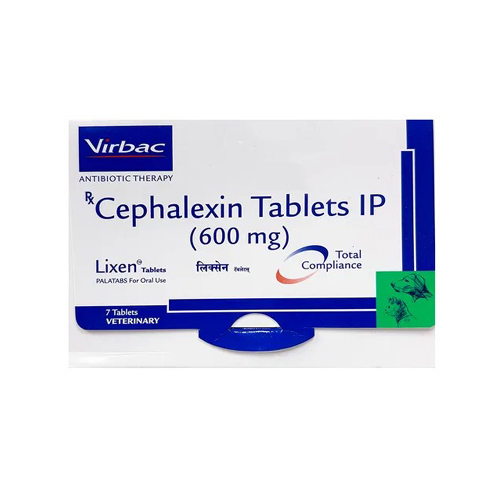
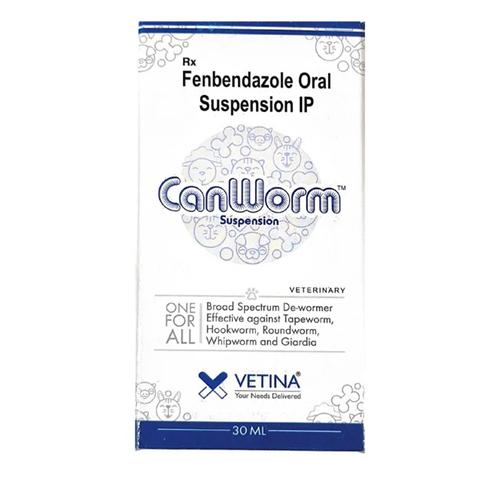



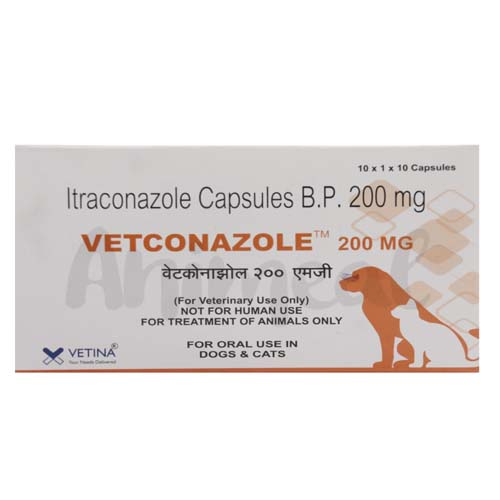
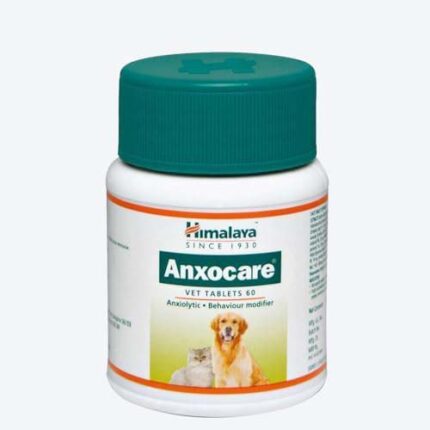
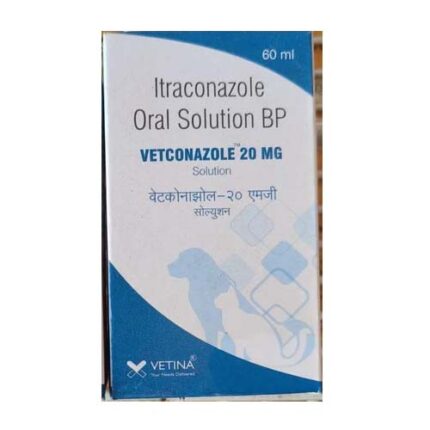
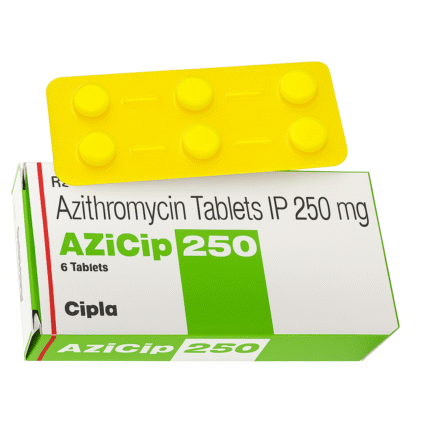
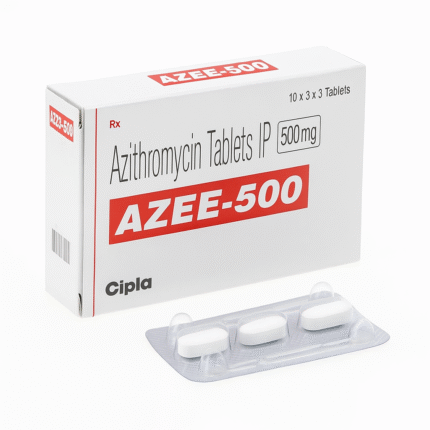
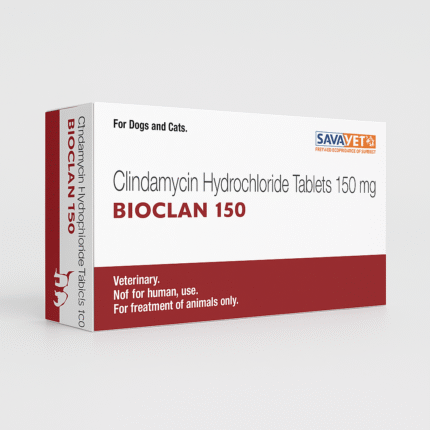
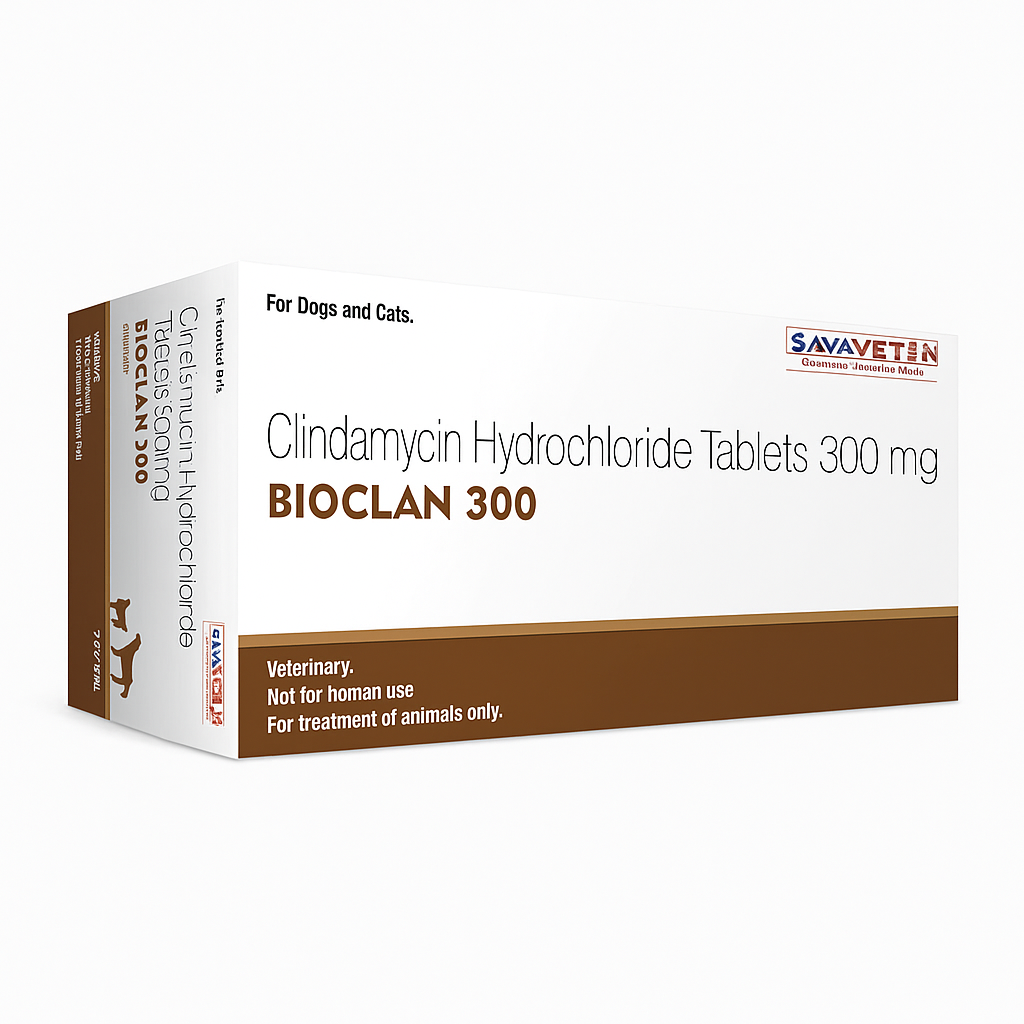
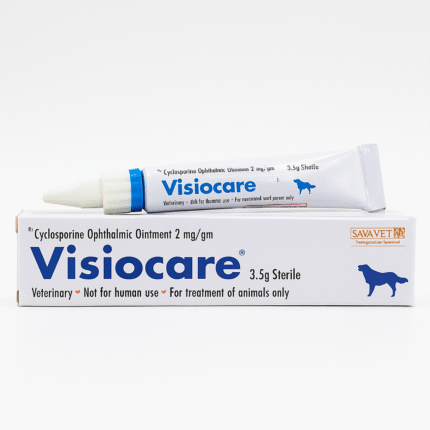




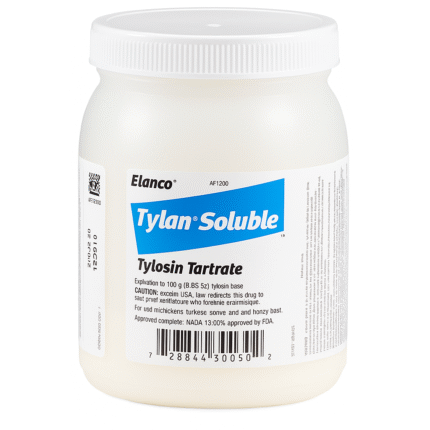

Reviews
There are no reviews yet.